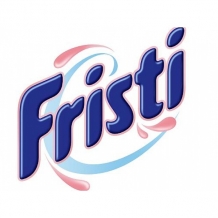Most consumers are familiar with the 802.11 standards; however, this new sequential number rebranding is intended to simplify things. Previously, the naming design used the alphabet, starting with a to bto g and n, with each one representing the next generation. We’d expect z to be the last or fastest one, or until they have new names, but suddenly we’re on 802.11ac, which is faster than all previous versions, so it’s understandable that users would be a bit confused. Thus, starting from 802.11n, Wi-Fi will be referred to as Wi-Fi 4, 802.11ac as Wi-Fi 5, and 802.11ax as Wi-Fi 6.
—————
WiFi 6: higher data rates, increased capacity, enhanced performance in dense environments, and improved power efficiency. Operating on the same 2.4 GHz and 5 GHz band as Wi-Fi 5, Wi-Fi 6 is rated to support transfer speeds of up to 10 Gb/s, which ranges from four to ten times faster than the current standard.
—————
802.11ax utilizes OFDMA (Orthogonal Frequency Division Multiple Access), one of the big advancements with LTE technology.
TL;DR: less congestion in crowded networks and better speeds.
Most consumers are familiar with the 802.11 standards
Lol, no. Not in any way.
Might be true for people buying their own WiFi routers.
Which already isn’t most consumers, because most people use what their ISP gives them.


